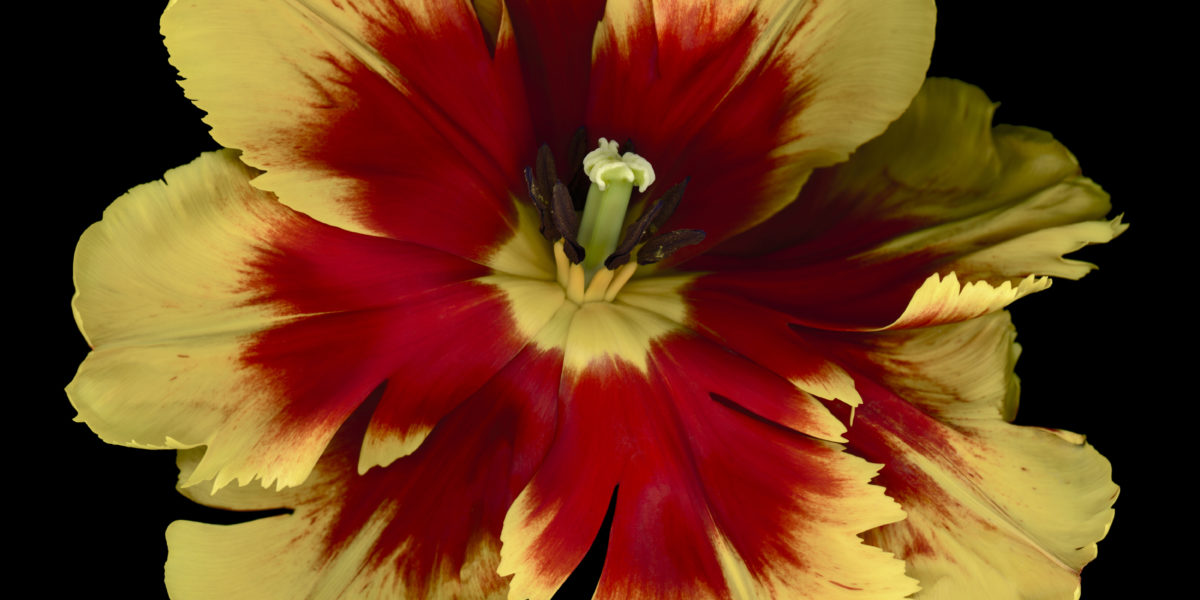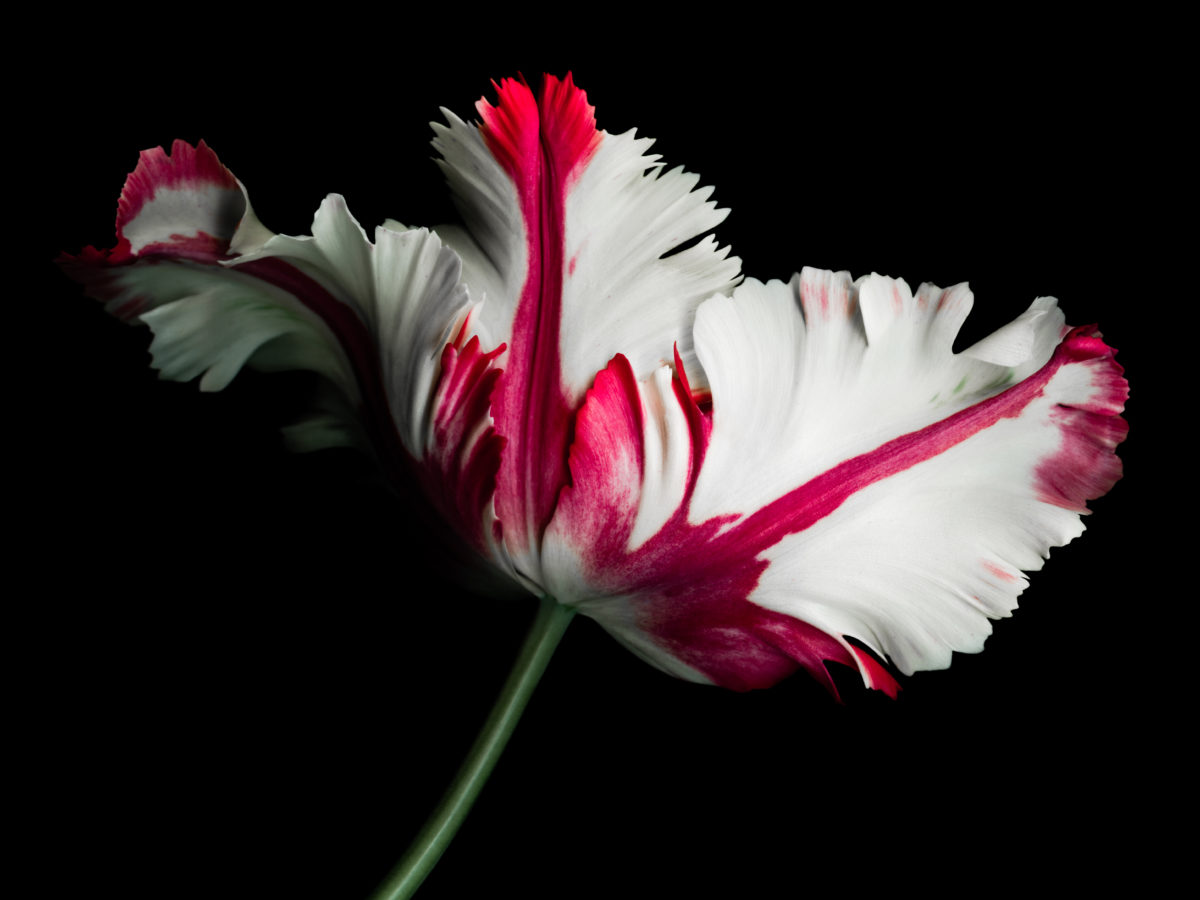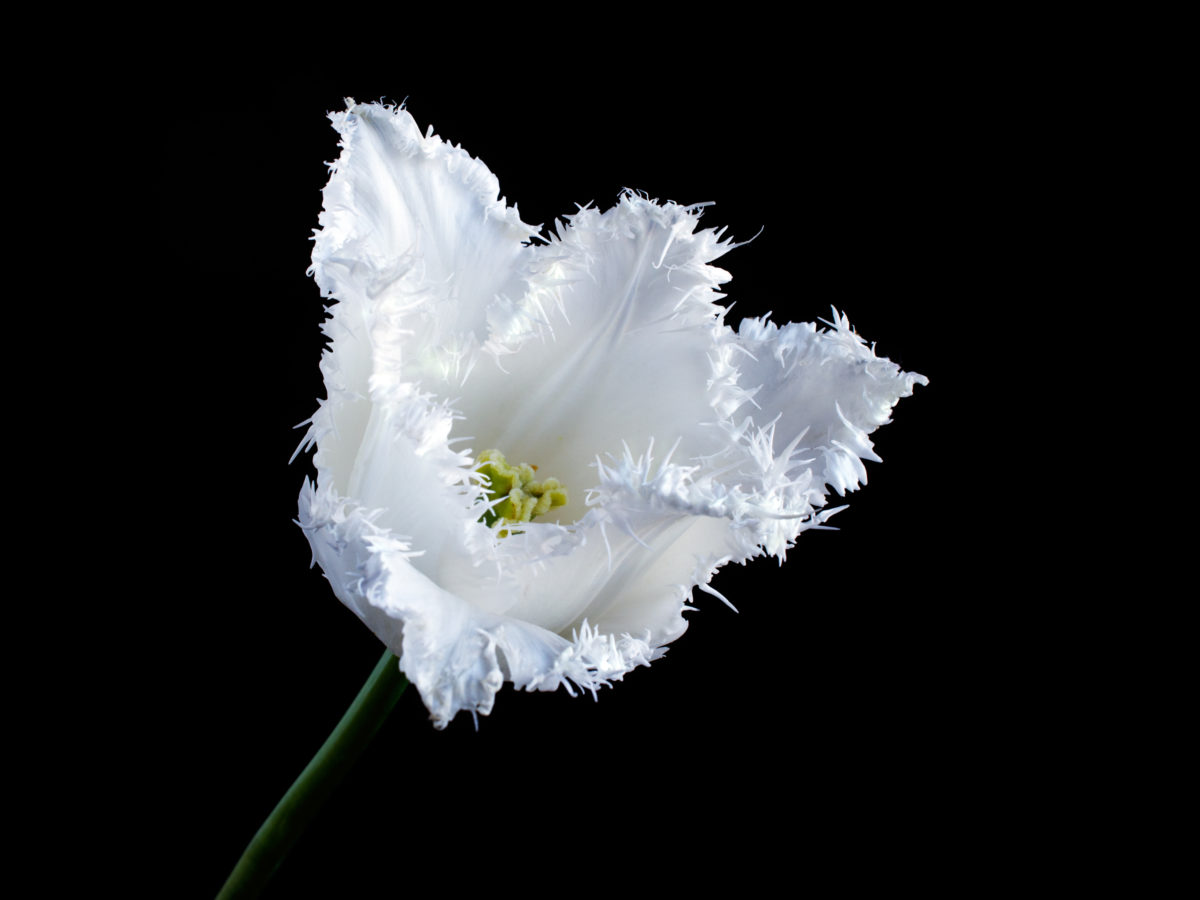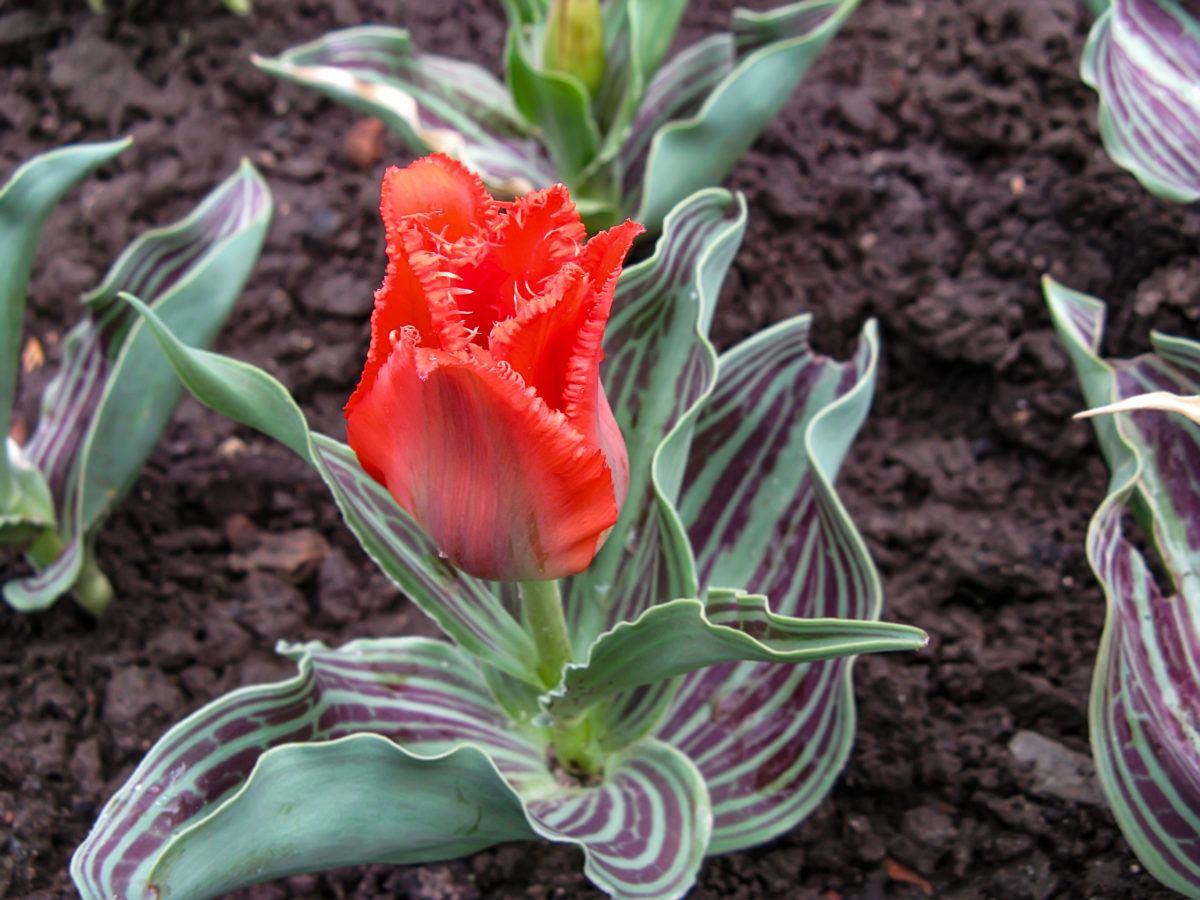
Start Your Own Tulip Craze With These Extraordinary Varieties
Plant these bulbs in fall and tiptoe through the tulips all spring long

OGphoto / Getty Images
For people who love spring blooms as much as I do, fall is actually the most magical time of year. We get to snuggle our gardens down for the cool season while thinking ahead to our gardens’ future renewal. This is the time to plant bulbs, and of all the different species and varieties out there, the common tulip—which particularly thrives in the Northwest—happens to be one of the most enduring.
Tulips make an outstanding cut flower—this might be why tulips are one of the most loved flowers for spring wedding bouquets. And people have been crazy about tulips for a really long time—like, a thousand years or so. Our love of these standard spring garden bulbs goes all the way back to ancient Iran, when the bulbs were bred by Ottoman Turks, who were the first to discover tulips’ tendency toward wanton hybridization. And lest we forget, the Dutch treated the bulbs much like the Beanie Babies of yore, placing a truly shocking amount of value on something that is at best nice to look at, but in actuality, kind of useless. In 17th-century Holland, fortunes were built and subsequently lost on tulips.
Though many of us have heard tell of the speculative frenzy that led to the bursting of the tulip bubble in 1637, it turns out the Dutch economy did not collapse entirely because of tulips; however, trust between buyers and sellers was undeniably eroded when people reneged on their promise to pay exorbitant prices after the tulip bulb market crashed. Tulip mania, puts historian Anne Goldgar, was actually more about Calvinist anxiety over how quickly Dutch society was changing during the Golden Age.
Regardless of whether or not the tulip craze was truly as crazy as we’ve heard it was, it’s fall bulb season in the here and now—and we’re gonna party like it’s 1636.
Planting Tips

OGphoto / Getty Images
Good news: tulips are a cinch to plant, and unless you have a lot of deer in your yard, tulips are among the easiest of all bulbs to grow. (I’m not joking about the deer thing—one nickname for tulips is “deer candy.” To keep Bambi at bay, plant tulips closer to your house and doors where deer may be too shy to tread.) You can check out our helpful guide to planting bulbs, but the main things to remember are: 1) dig a hole about three times as deep as the bulb is tall; 2) pointy side goes up; and 3) they look way better in messy groups than in rows.
Tulip Forms
As do lilies, amaryllis, and many other monocots, tulips typically have six tepals (the botanical term for flower “petals” when the petals are indistinguishable from the sepals); the position and number of these tepals determines the tulip’s form. Within these forms, there are hundreds of varieties. These are the standard forms (in order of my personal preference), with shouts-out to my particular favorite varieties.
Parrot
https://www.instagram.com/p/BiE_NQ3HoD8/?utm_source=ig_web_button_share_sheetBy far, my favorites are these mid-season blooming mutants. Parrots are created via viral infection, so they’re kind of a happy accident—best of all (or worst, depending on your perspective), this virus can spread to your other tulips, turning even the most plebeian Triumph into a freaky little Quasimoto. This ‘Salmon Parrot’ is flashing the hot colors that all the florists are playing with right now (‘Professor Rontgon’ is another that’s making me pretty thirsty), but Sarah Cerle put some ‘Amazing Parrot‘ bulbs in the Sunset Flower Room this fall, which yield bright pink and orange blooms—the opposite of reserved; pure laughter in flower form.
Double
https://www.instagram.com/p/BiDGo0mF1n1/?utm_source=ig_web_button_share_sheetUnlike their normcore six-tepaled sistren, double forms have a mess of tepals that resemble a wet kiss in the best possible way. One of our favorites, ‘Charming Beauty’ is a gorgeous peach- and pink-flowered variety that gardener Sarah Cerles recently planted in the Sunset Flower Room at Cornerstone Sonoma. Large-flowered, dusky-peach ‘Sensual Touch‘ is a late-blooming double whose name is…apt.
Peony-Flowered
https://www.instagram.com/p/BwIzEh7pi8g/?utm_source=ig_web_button_share_sheetPeony-flowered tulips like this exquisite ‘Copper Image’ are known for their open and mellifluous blooms that honest-to-goodness resemble peonies (they’re technically a double-late but they have even more densely-packed blooms). They’re basically Billy Porter dressed for the Tonys in tulip form.
Viridiflora
https://www.instagram.com/p/BwMypt-hunB/?utm_source=ig_web_button_share_sheetThis form is distinguished by the bright green midrib on the back of its tepals, exemplified in this exquisite ‘Flaming Spring Green.’ All varieties are at least partly green as the name suggests, but otherwise exhibit great variation, ranging from red, orange, and yellow to white to pink and peach. With its deep salmon and green, ‘Artist‘ is another stunning variety.
Fringed

Photo by Alesikka / Getty Images
Also known as “Crispa” form, these tulips have tepals fringed in frilly eyelashes; they’re basically the Zooey Deschanel of the tulip world. They also look quite a lot like the native Western wildflower known as mariposa or star-tulip, of which the species Tolmie star-tulip (Calochortus tolmiei) is a personal favorite. This one, ‘Swan Wings,’ is a natural for a spring wedding bouquet.
Lily-Flowered
https://www.instagram.com/p/B1WkPjooALN/?utm_source=ig_web_button_share_sheetThe late-blooming lily-flowered form is known for its elegant profile of reflexed, pointy-tipped tepals. Green and white ‘Green Star’ is a sip of absinthe on a cool spring night, and will definitely inspire you to make a wish. And candy-striped ‘Marilyn’ looks as fresh as a peppermint stick. The Kaufmanniana form tulips closely resemble lily-form, but bloom early—’Stressa‘ is a sunny yellow and red variety that performs well in containers.
Greigii

Photo by svrid79 / Getty Images
The shorty Greigii-form tulips have (usually) purple-streaked foliage that’s already attractive enough to be worth the price of admission, but their fully open, radical honesty-style blooms will keep you around for the encore. This ‘Red Riding Hood’ is suited to any fairy-tale garden. Red-striped ‘Pinocchio’ wants to join the Peppermint Party with lily-form ‘Marilyn’ and Darwin-form ‘Burning Heart.’

